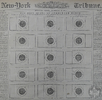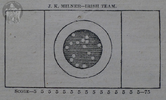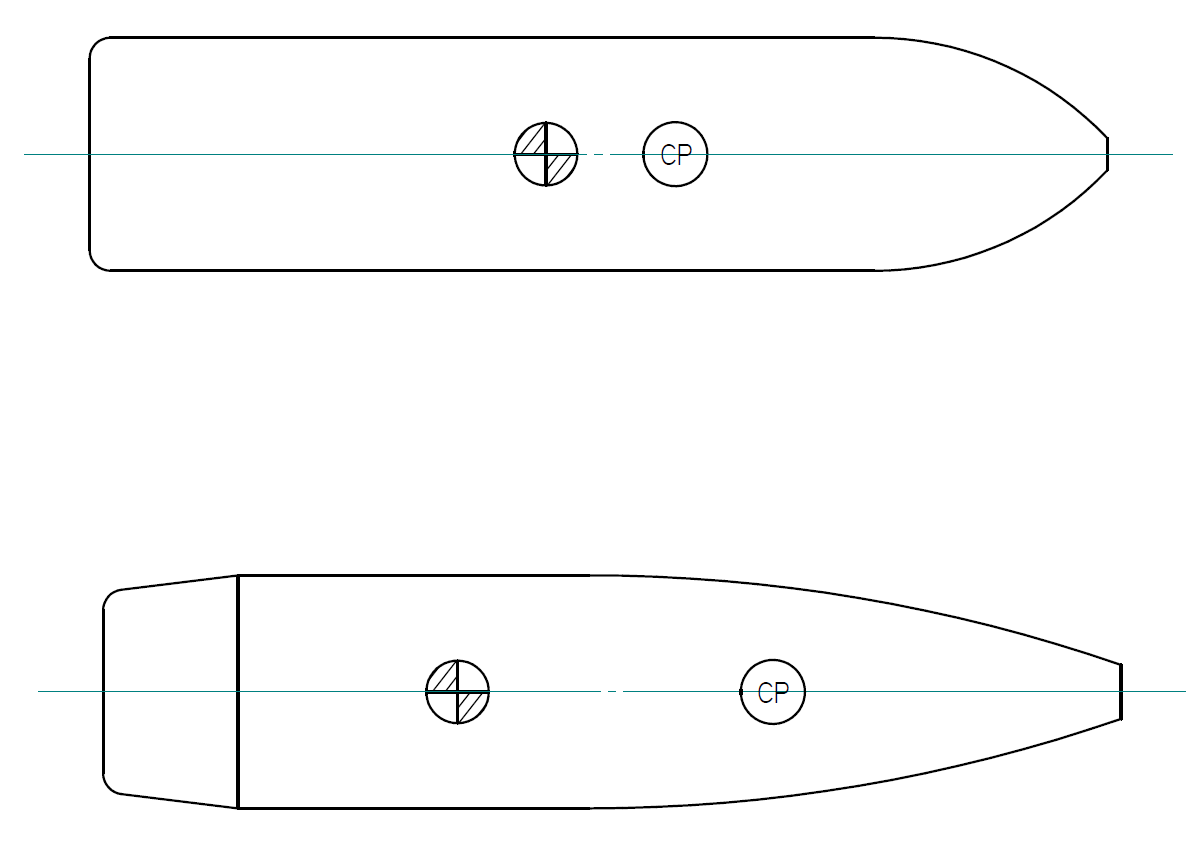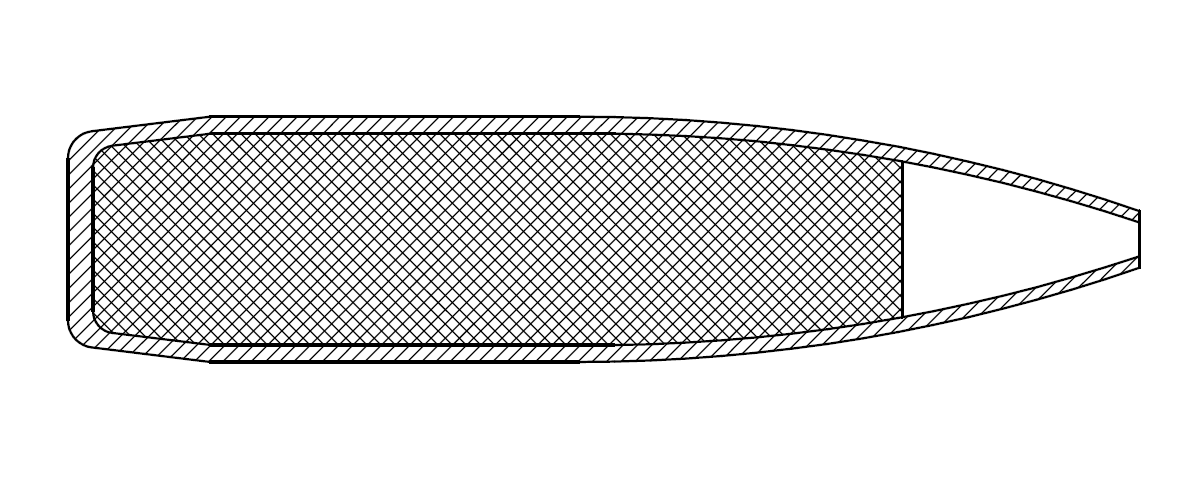It is, strictly speaking, neither the weight nor length alone that governs the required spin to stabilize a projectile, but the overturning moment of the bullet. The overturning moment is generated by the aerodynamic lift of the bullet, the location of the center of pressure (CP, where the lift acts), and the location of the center of gravity (CG).
Contextually, this statement is internally contradictory.
Married with Children theme song plays: “


You can’t have one without the OTHer…”
When we pick a more aerodynamic bullet for a given cartridge, a given caliber, we’re almost inherently choosing both a heavier AND longer bullet, which also has a longer lever arm between CoP and CoG. For MOST shooters, they just recognize the choice as picking a heavier bullet, even though they are really choosing a more aerodynamic bullet…
We don’t have an infinite number of combinations of ogive profiles, boattail angles and lengths, and bearing surface lengths or material densities available on the market. We can see SOME deviations within this relationship, for example, changing bullet class from a lead core to a mono-metal, or flat base to boattail, and a few outliers like examining Service Rifle bullets with stubby ogives and low BC’s against non-SR bullets which have room for longer ogives, OR sticking a polymer tip out front which adds a lot of length but proportionately less weight - but typically, within the context of a given application and a given aerodynamic demand, we really don’t have that control. If we seek a more aerodynamic bullet, then we inevitably apply a heavier bullet for a given cartridge, and we’re generally accepting it will also be longer, and have a longer moment arm, and demand a faster twist to stabilize.
Maybe unwittingly, most shooters will see that choice not as picking better aerodynamics, but rather as picking a heavier bullet. Folks move from 243win with a slow twist to 6 creed with a faster twist because they “can shoot heavier bullets.” Why? Because they want “more aerodynamic bullets”, not really because they want “heavier bullets.”
Also not surprisingly, when we want even better aerodynamics and we remove the bound of using the same caliber, we again choose a heavier bullet by going up in caliber, which also means an even longer bullet, BUT acknowledging, this choice often does not require any faster spin rate because the proportionality for CoP vs. CoG can be (relatively) retained - again, because we can’t choose infinitely different bullet profiles or substrates.
But in general, “more aerodynamic” is coupled to an interdependency of “heavier” and “longer.”









